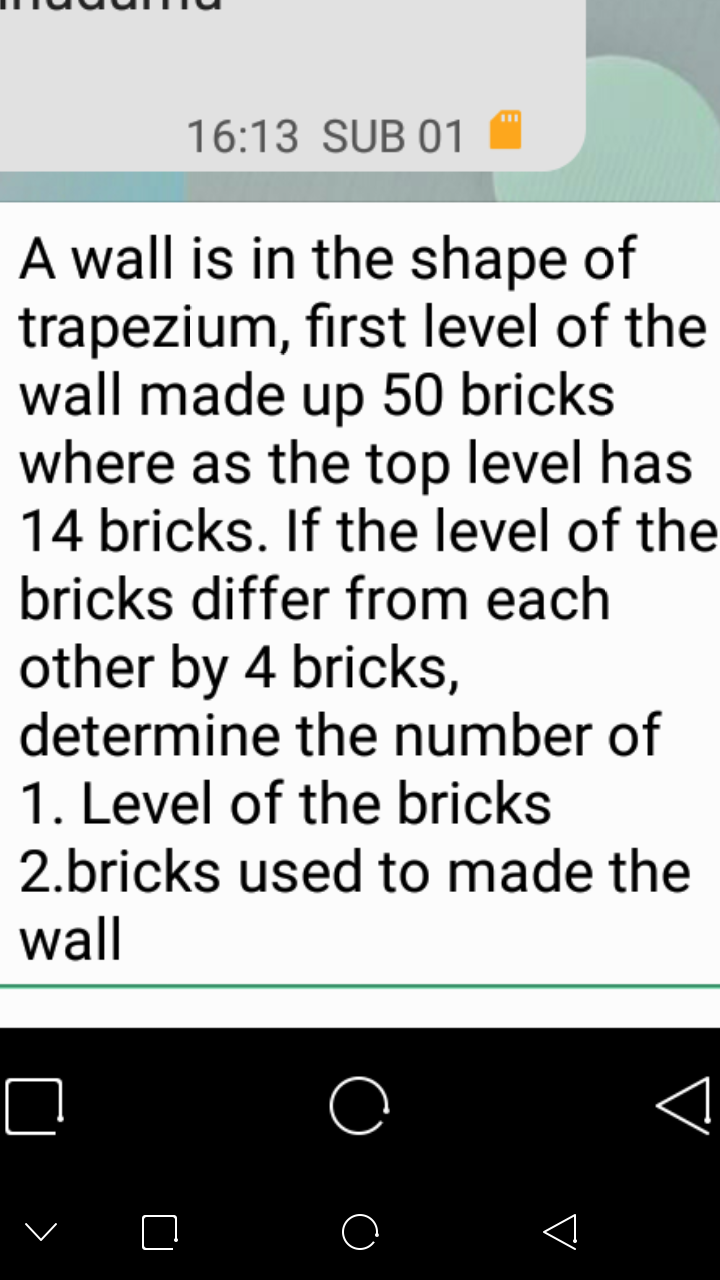
OthersQuestion and Answers: Page 72
Question Number 88434 Answers: 0 Comments: 2
Question Number 88417 Answers: 0 Comments: 1
Question Number 88339 Answers: 3 Comments: 3
$$\:\int\left(\:\sqrt{\mathrm{tan}\:{x}\:}\:+\:\sqrt{\mathrm{cot}\:{x}}\:\right){dx}\:=\:? \\ $$
Question Number 88263 Answers: 1 Comments: 1
Question Number 88236 Answers: 1 Comments: 0
Question Number 88235 Answers: 0 Comments: 1
Question Number 88169 Answers: 1 Comments: 2
Question Number 87870 Answers: 0 Comments: 0
Question Number 87862 Answers: 0 Comments: 3
Question Number 87861 Answers: 0 Comments: 4
Question Number 87754 Answers: 0 Comments: 0
Question Number 87752 Answers: 1 Comments: 0
Question Number 87751 Answers: 0 Comments: 2
Question Number 87550 Answers: 0 Comments: 2
Question Number 87536 Answers: 1 Comments: 0
Question Number 87497 Answers: 0 Comments: 0
Question Number 87308 Answers: 0 Comments: 0
Question Number 87069 Answers: 0 Comments: 1
Question Number 87031 Answers: 1 Comments: 1

Question Number 86886 Answers: 0 Comments: 1

Question Number 86873 Answers: 0 Comments: 0
Question Number 87017 Answers: 1 Comments: 0
Question Number 86849 Answers: 0 Comments: 0
Question Number 86708 Answers: 1 Comments: 0
Question Number 86598 Answers: 0 Comments: 1
Question Number 86461 Answers: 3 Comments: 0
